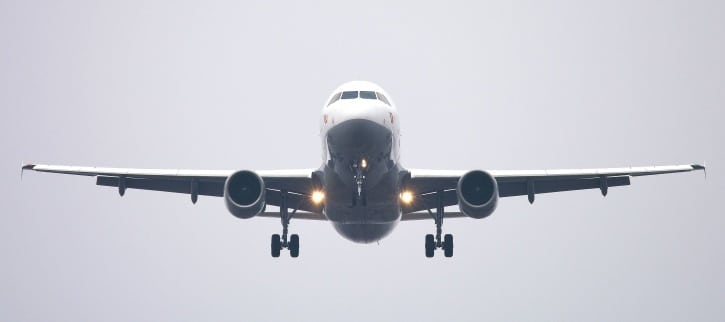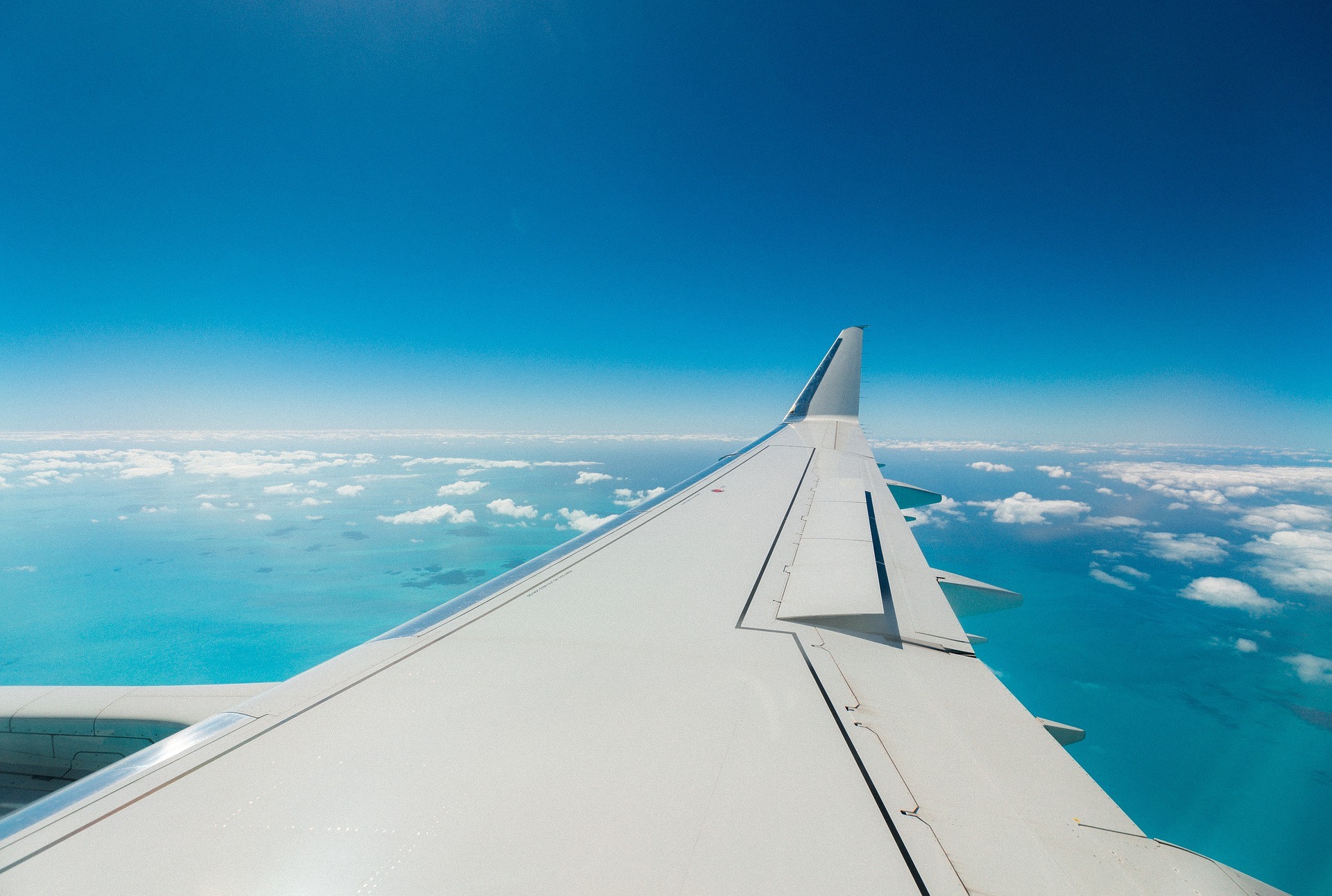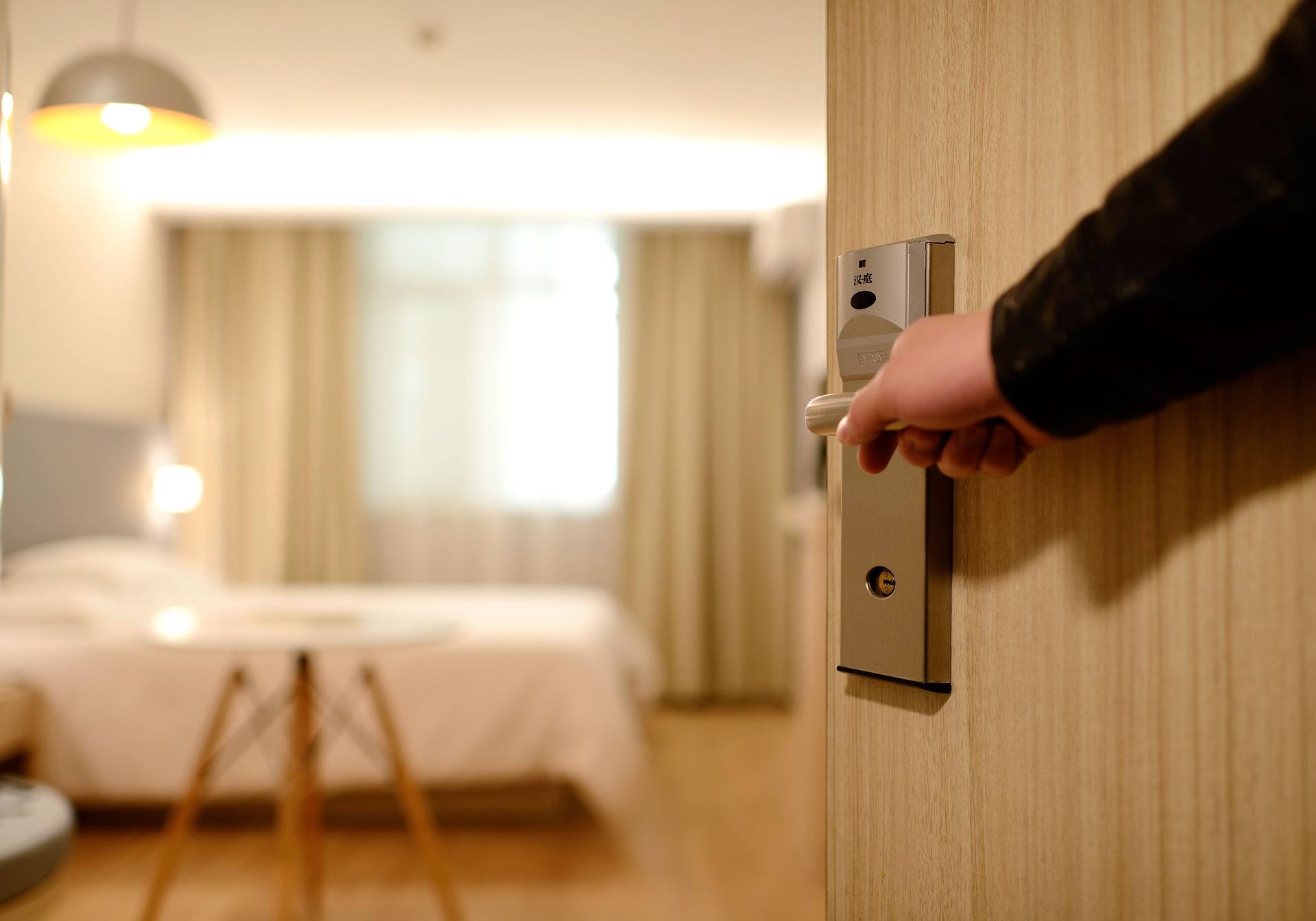Why better customer experience is the new loyalty currency for travel and hospitality
Introduction
With most airline companies focusing on boosting their profits, it seems that the most important factor in their success has been pushed aside: the customers.
Despite reports showing that 86% of customers are willing to pay more for better customer experience (or CX), it’s shocking that only 1% of product and service providers actually manage to meet these expectations.
Realistically speaking, most airlines and hotels have long struggled to deliver a good customer experience to their guests. Actually, Forrester Research revealed that not a single airline obtained an “excellent” or even just “good” ratings in the 2017 U.S. Customer Experience Index. Meanwhile, the 2017 World Travel and Tourism Council (WTTC) report predicts an average growth of 3.9% in the hotel industry for the next 10 years — with over 380 million jobs or one in every nine jobs available by 2027.
With basically all the studies and data available right at their fingertips, why do airlines and hospitality companies still fail to capitalize on this demand? Why are there still countless reports of unhappy customers constantly on the lookout for a better customer experience?
Remember, customer service on its own does not exactly equal direct profits and competitive advantage. Money remains the primary motivation for airlines to implement changes and new strategies. Hence, it is crucial to develop plans that would meet both needs for hotels and airlines: [a] healthy returns on investments and [b] a steady stream of returning customers.
At the moment, the industry has yet to figure out how to achieve the latter.
Customer experience has evolved into the now de-facto loyalty currency
Customer experience refers to the clients’ perception of the way a brand or business handles their needs and expectations. These insights influence their behavior toward your company, their memories attached to your brand, and their feelings about your business. This means that a positive customer experience has the potential to make a one-time client an unwavering loyal customer.
The necessity to ensure a positive customer experience has become even more relevant in today’s highly competitive world.
Companies that focus on customer experience actually outperform their competition by almost 80%. These businesses manage to achieve higher revenue growth, improved brand preference and can charge higher fees for their products. Most important, they also have higher customer retention rates.
As a matter of fact, better customer experience boosts the likelihood of returning buyers by seven times – with the likelihood of clients trying out the other items or services in the same company increasing by eight times.
More impressively, 72% of satisfied customers will tell at least six more people about the positive experience they had with a brand. In comparison, 13% of unsatisfied customers will share their negative experiences with 15 or more people – with 67% of unhappy clients abandoning a brand due to a bad customer experience.
Unsurprisingly, 84% of businesses that focus to enhance customer experience reported an increase in their revenues.
Simply put, customers appreciate you and your business consistently meeting (or exceeding) their expectations. In turn, they will continue to use your brand and possibly even recommend it to other people.
A new class of fliers: Millennials
The backbone of every customer loyalty program is proper and accurate market segmentation. By identifying and isolating a target group, any company can effectively address the demands of the specific sector. Nowadays, a particular generation has emerged as possibly the biggest market for the airline industry: millennials.
A report by Nielsen, called “Young and Ready to Travel,” revealed that millennials are logging more travel time than any other generation today. With a projected $63.5 billion share of the travel industry in the market, the spending power of millennials makes up 50% of this account. Hence, airlines are adjusting their strategies to cater to this generation.
Notably, the millennials’ travel goals center on gaining experiences that would enrich their personal lives. This is a contrast to their predecessors who primarily travel for work and special events. This is perhaps why the word “experience” has become a staple in almost every marketing plan in the airline industry.
Presumably, the idea is to establish a relationship with millennials and hopefully retain them as loyal customers.
Given that this demographic is tech and social media savvy, it comes as no surprise that 83% of global passengers prefer airlines offering Wi-Fi during flights. In fact, 23% of these customers are open to shelling out extra cash just to have the service.
Capitalizing on this information, a number of airlines have shifted their services to better deliver the demands of millennials.
Marketing for Millennials
For instance, Delta Air Lines has heavily invested in 2Ku in-flight connectivity to ensure that their “emerging high-value customers” – aka millennial passengers – get their Wi-Fi fix throughout their flights. More impressively, the airline added the first ever biometric terminal in the US to boost the efficiency of their staff and reduce the waiting time of their passengers.
Another unique offer Delta added to improve customer experience is forging a partnership with LinkedIn. Now, their passengers can access courses on LinkedIn Learning for free. There are many topics available to them while onboard the aircraft, such as stress management and career development. This new feature also includes in-depth talks and interviews with LinkedIn Editor-In-Chief Daniel Roth and other world leaders.
“The challenge is to make every customer feel like one in 180 million versus one of 180 million—how do we personalize and customize, and humanize, everyone’s particular experience?” shared Delta’s SVP and CMO Tim Mapes on their efforts to match the golden era of air travel. “We respond in ways we think can make things better, then listen again, to see if we can refine things.”
Meanwhile, JetBlue Airways launched its multi-awarded Fly-Fi service to make their airline stand out as a reliable Wi-Fi provider. This effort has grown to be so popular that it actually played a major role in improving their Net Promoter Score, which measures customer loyalty.
As for the hotel industry, it appears that the emergence of AirBnB’s has shaken the entrepreneurs in the business. Nowadays, hotels are gearing up to catch the attention of millennials by expanding their standard offerings. For instance, Tru, is the newest brand for the Hilton hotels. They now have a “play area” in the lobby which includes foosball and pinball tables. Other hotels are also following the trend with some adding indoor ice skating rinks and bowling alleys.
Another fascinating player in the hospitality industry is WeWork. It’s Aldwych House in London is decorated with motivational quotes printed in neon. That’s an easy way to lure the “Instagram generation” aka the millennials. The area also offers a prayer/meditation room located in their garden. To better ensure serenity and peace in the room, WeWork also added privacy screens along with the oversized couches and pillows. A roof deck is also avialable to guests who want to admire the stunning skylines and architecture of London.
The takeaway
The key challenge among airlines these days is how to strike a balance between revenue generation and better customer experience. While profit generation is undoubtedly the main goal of any business, any airline or hotel would be remiss if they fail to recognize customer experience as a sustainable strategy for growth.
So, does this mean that airlines and hotels must now go all-out just to deliver a positive customer experience? The answer is no – not yet, at least.
While the goal is to deliver a better customer experience, it is imperative to understand that this can be achieved by simply taking the first step. You need to deliver the “right” customer experience to the “right” people.



 Source
Source
 Source
Source



